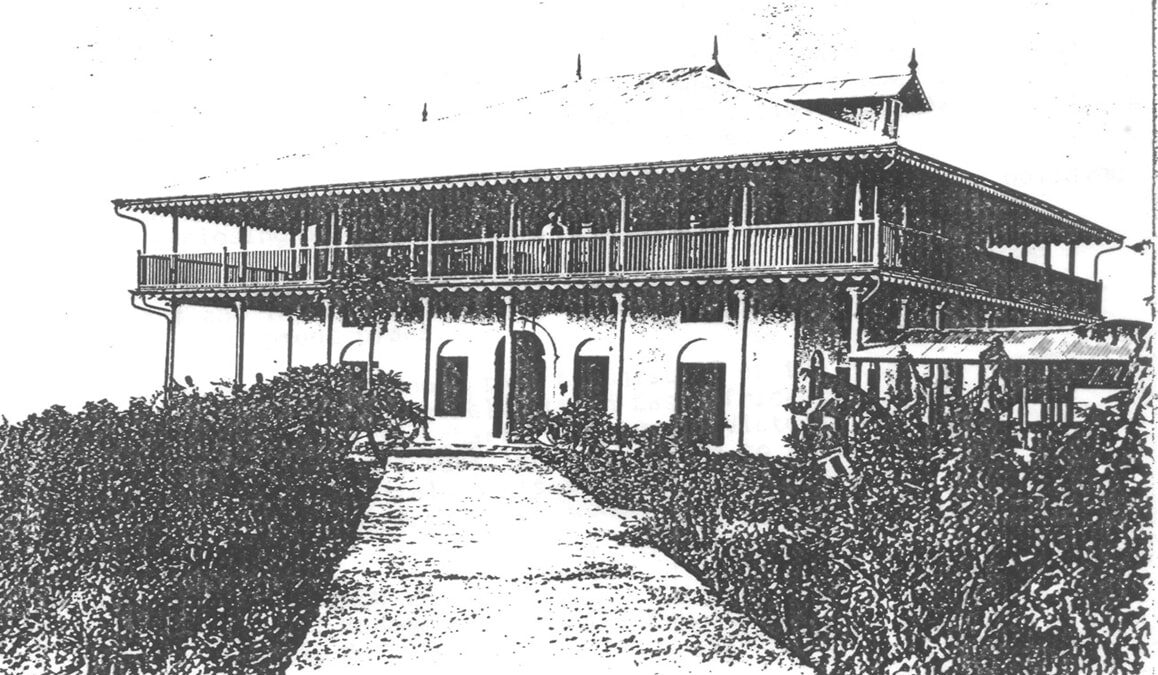The History of Mombasa Hospital

Image credit: Mombasa Hospital
The Mombasa Hospital is one of Kenya’s biggest and oldest health institutions. Its beginnings were characterised by early colonial developments in the East African region. In 1891 the Imperial British East African Company (IBEACo) – then only three years old – was administering Mombasa as the main British port under a charter granted by Queen Victoria.
The company received a donation to set up a hospital but opted to purchase an existing two-storey bungalow on Azania Drive (present day Mama Ngina Drive) and transform it into a health institution. While the hospital only had a 12 bed capacity, it had potential. Upon completion in 1891, it was named The English Hospital.
Early Growth
With a finished hospital, the project team handed the operations of the facility to the Holy Ghost Fathers of the Roman Catholic Church. And that year the institution opened its doors to its first patient who, unsurprisingly, was European. At this time, tropical diseases such as malaria were still relatively misunderstood, and so the hospital stood as a place to care for Europeans who were prone to such ailments in an environment unfamiliar to them. Since the hospital was developed with Europeans in mind, it became the go-to health centre for the 300 Europeans in the protectorate.
Dr. W. H. Macdonald – a former employee of IBEACo and registered doctor – was installed as the Chief Medical Officer in 1897. Alongside him were three Catholic sisters to help the institution run smoothly.
For non-Europeans, British officials opened the Native Civil Hospital in Makadara in 1908 to cater to non-Europeans located in Mombasa.
Gradual Capacity and Equipping
As expansion was top of mind for the English Hospital, catering to the market was also essential and the hospital became an agile institution moving with the developments in the country.
Running a health institution meant gaining some basic necessities such as electricity. In 1910 the hospital was connected to the electrical grid as plans to scale were underway. Then in 1912 maternal services were incorporated into the hospital’s amenities by virtue of a maternal unit and nursery. However there was one key aspect that both the project management team overlooked: the unit was facing the newly constructed Mombasa Golf Course – and so was prone to a lot of wind. This made it far from ideal to accommodate expectant women, new mothers and newborns. And so the unit remained inoperable.
Yet another inoperable part of the hospital was the theatre. Built in 1921 when the hospital changed its name from the English Hospital to the European Hospital, the area remained unfinished and the Senior Medical Officer and Surgeon Mr. Norman Jewell began to perform operations on the verandah. When keeping patients under chloroform – then used as anaesthesia – the substance would blow away due to wind!
Lack of a steady source of electricity continued to be a setback – even after the Mombasa Lighting and Power Company had its feet firmly on the island. But this was resolved by the late 1920s and the hospital even purchased its first refrigerator, giving it an upper hand in biomedical preservation.
Development continued gradually: an ambulance came in 1940, making access to the hospital easier for those unable to walk or with serious emergencies. By 1950 the Hospital had a new wing and had increased its bed capacity to 70.
A Long Road to Inclusion
Growth was compounded by another stint of name-changing. The European Hospital became Katherine Bibby Hospital in honour of the hospital matron at the time. And in the lead up to independence came another wave of change. As inclusion became the theme of the season, the hospital gradually began taking in patients from different racial backgrounds. Finally, in 1980, as a part of a campaign to correct the colonial history of the facility, the hospital was renamed once more, and became The Mombasa Hospital.
Currently, the institution is owned by the Mombasa Hospital Association and is a not-for-profit entity. And even with its fairly new look and systems, the old building still stands as a testament to past times. In 1997 it was gazetted as a national monument.
The hospital is now an accredited level four hospital meaning it delivers comprehensive care with specialised services and staff. Its fully kitted out paediatric ward, Intensive Care Unit, High Dependency Unit, and maternity ward are all evidence of the emergency, genral and specialised cases that can be handled at the institution.
The resilient Mombasa Hospital remains a whetstone of the preservation of medical history and honours the past moments of Mombasa as a pioneer medical centre.
#KeHospitals

Image credit: Mombasa Hospital



